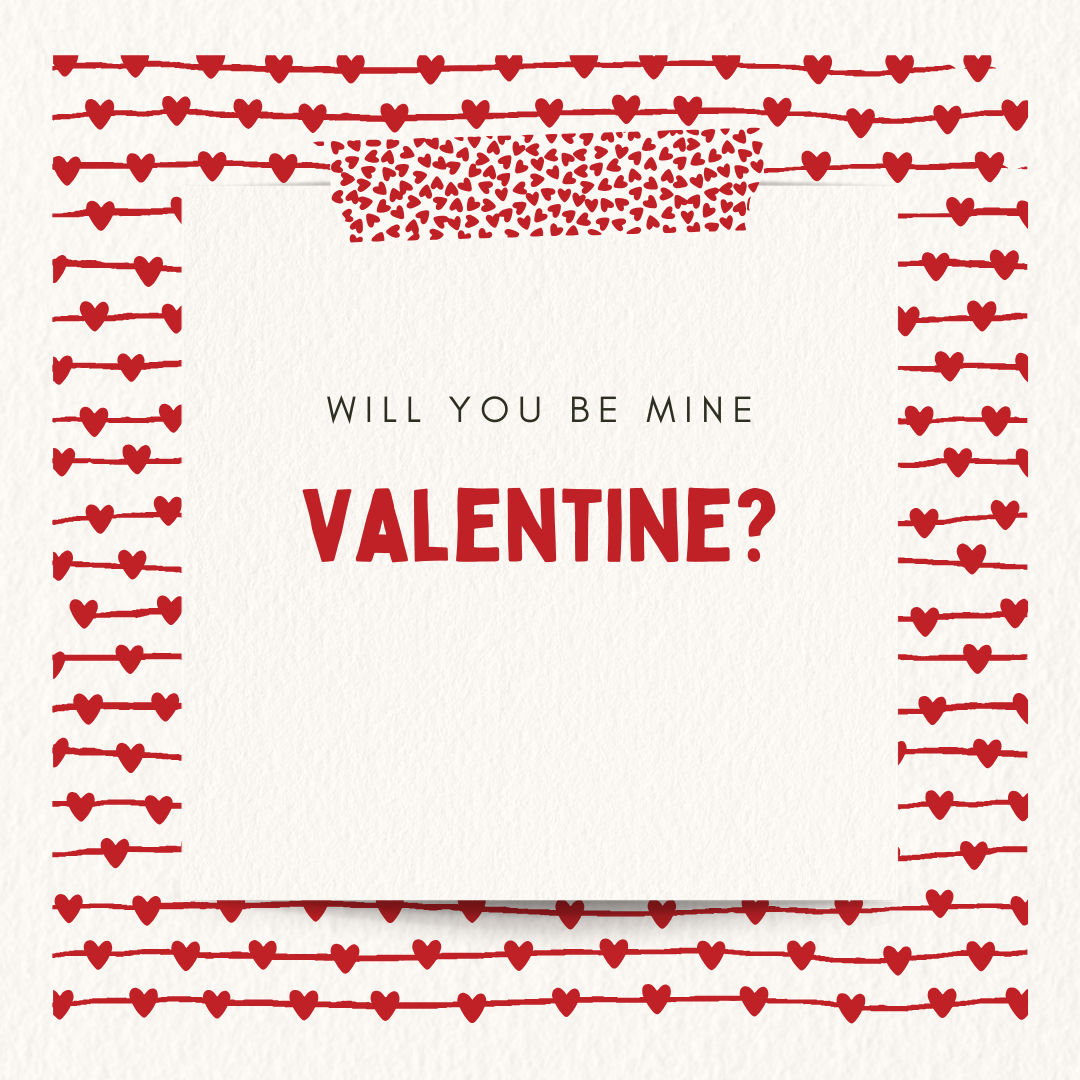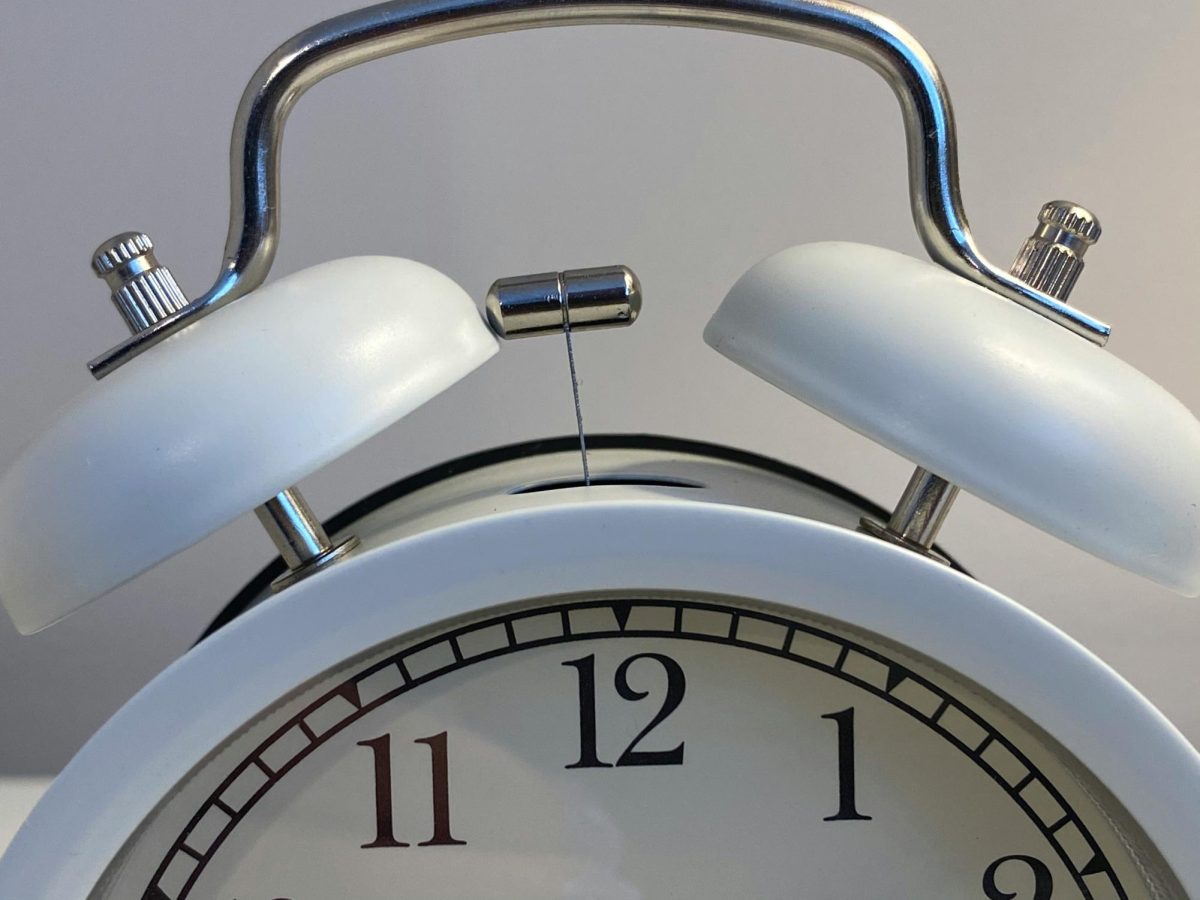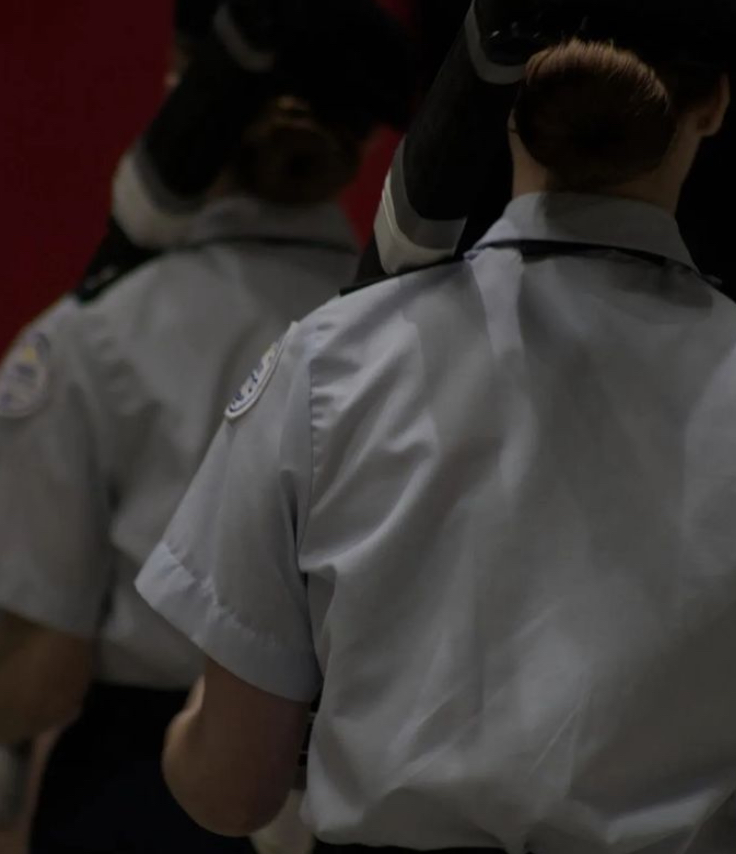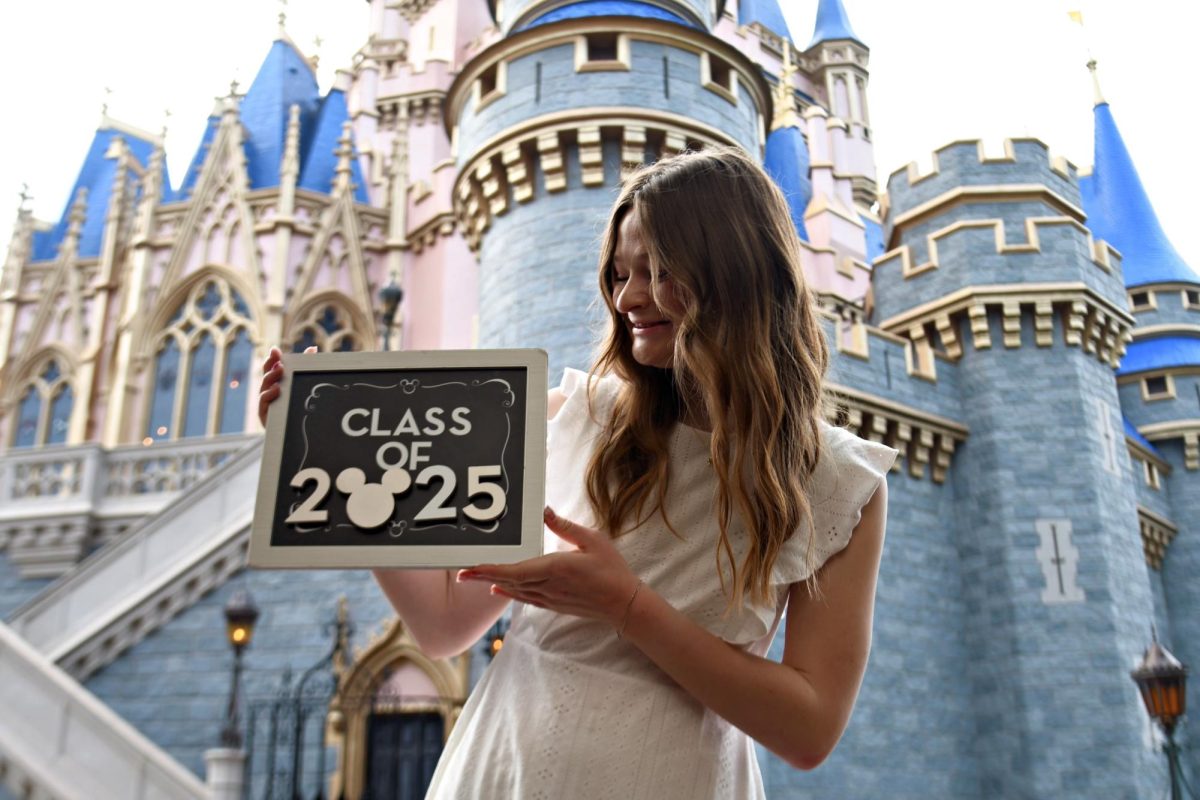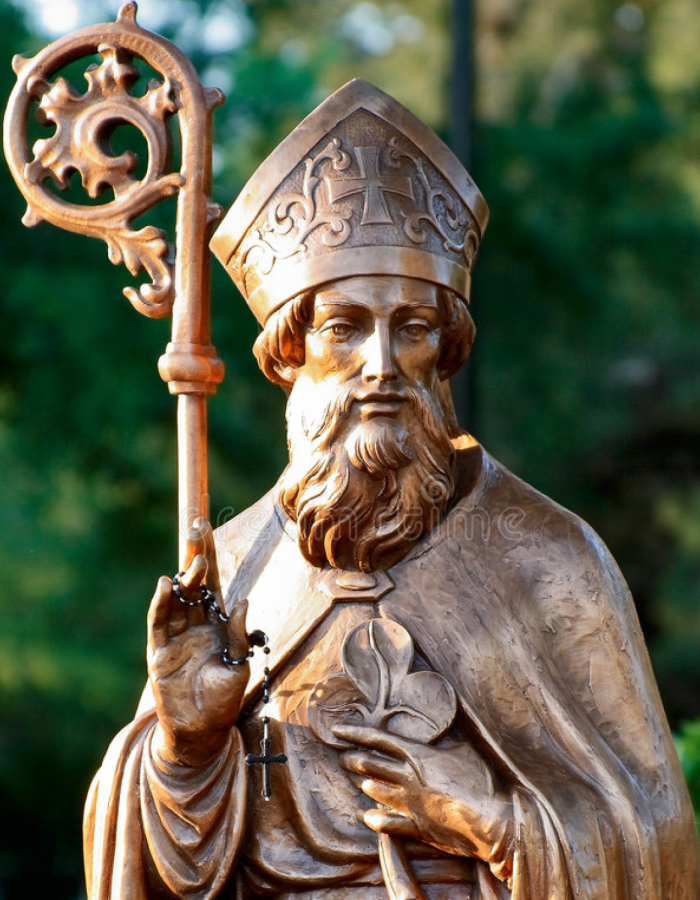Now that St. Patrick’s Day is History, Here’s the History on St. Patrick’s Day
March 23, 2023
St. Patrick’s Day has come and gone, and many wore green in fear of getting pinched, but this fun doesn’t fit with the original message of the holiday. St Patrick’s Day has been celebrated in Ireland for more than 1000 years. Typically, the Irish prepare a traditional meal of bacon and cabbage. Saint Patrick lived during the fifth century and is the patron saint of Ireland. At the age of 16, he was kidnapped from his home and became a slave in Ireland; years later he escaped and fled back to Roman-ruled Britain. Later, he returned and brought with him Christianity.
In the years following Patrick’s death (believed to have been on March 17, 461 A.D.), the mythology surrounding his life became ever more ingrained in the Irish traditions and culture; the most famous of which is when people claimed he drove the snakes out of Ireland. He also taught the Irish people about the holy trinity using the three leaf Irish clover as a symbol. The first recorded St. Patrick’s Day parade happened in 1601 in what is now St. Augustine, Florida. It was held by a Spanish colony and was organized by the Spanish colonist Irish vicar Ricardo Artur.
In the mid 19th century, many Irish immigrants came to America due to the Great Potato Famine of 1845 to escape starvation and poverty. The Irish were discriminated against, enough to make it difficult to even get a menial job. When Irish Americans in cities like New York took to the streets on St. Patrick’s Day to celebrate their heritage, newspapers portrayed them in cartoons as drunk, violent idiots. However Irish Americans soon realized that their growing numbers made them a potent political power soon to be known as the Green Machine. The Green Machine became an important swing vote for hopeful politicians. In 1948, Harry S. Truman attended a New York St Patrick’s Day parade which helped reduce the racial stereotypes.
Although the modern day celebrations are a lighthearted day of fun festivities, this is not
meant to distract from the traditional celebrations and importance of this historic day.






